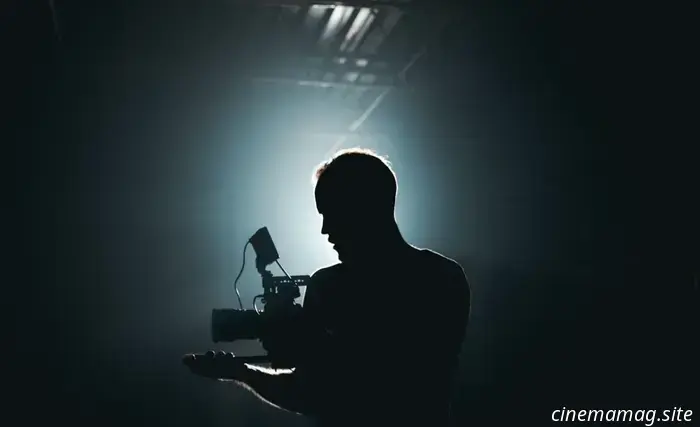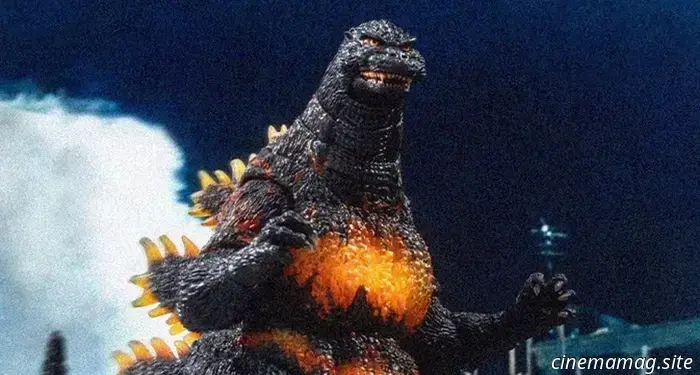
How Unity is Changing the Film Industry: From Animation to Virtual Sets - MovieMaker Magazine
Originally a game engine, Unity has evolved into a significant force in a new era of filmmaking. From independent creators to large studios, Unity is transforming the movie-making process. Let’s examine how Unity has become a favored tool in Hollywood.
Unity – transforming from a game engine to a tool for Hollywood
Unity began as a robust platform for game developers seeking real-time graphics, physics, and interactivity. However, the very features that made it ideal for gaming quickly attracted filmmakers' attention.
In conventional film production, rendering a single intricate frame can take hours or even days. Unity revolutionized that process. With its real-time capabilities, filmmakers can modify lighting, camera angles, and effects instantly and see immediate results. Unity's speed in iteration has unlocked new possibilities for creativity, efficiency, and experimentation.
What’s most impressive about Unity? Its accessibility. Whether it’s a small studio producing a short film or a large production experimenting with virtual sets, Unity experts share the same engine, tools, and support. This game engine has become a creative ally for visual storytellers.
How real-time rendering aligned with filmmaking
Real-time rendering has transformed the filmmaking approach. Directors and visual effects artists no longer need to endure long re-renders to test concepts. They can manipulate lighting, motion, and ambiance in real time. This Unity-driven shift allows for creative choices while visually assessing how each modification alters the scene.
On-set collaboration has also significantly evolved. VFX, lighting, camera, and post-production teams can collaborate from the outset of the project. Instead of exchanging files, they can collectively review the same live scene, experiment, and make adjustments together.
This immediacy reduces delays and enhances artistic exploration. The filmmaking process becomes not only more efficient but also more imaginative. In Unity, the distinction between production and creativity becomes indistinct.
The transformation in film production
Unity's adoption has not only altered how films are created but also who can produce them. Major studios utilize it for previsualization and full-scale production, while independent creators leverage the same tools to realize their visions without requiring multimillion-dollar budgets.
Projects like Adam from Oats Studios, The Heretic, and Enemies illustrate the potential when real-time rendering intersects with cinematic creativity. These productions achieve near-photorealistic results, seamlessly incorporating complex animations and motion capture into the Unity environment. The outcomes are impressive and attainable for smaller teams.
Film schools and universities are increasingly incorporating real-time production into their core curricula, equipping a new wave of filmmakers with skills in both storytelling and technology. The lines between gaming, film, and animation are blurring, with Unity at the forefront of this evolution.
Conclusion
Unity has subtly redefined the landscape of modern filmmaking. By integrating real-time rendering, collaboration, and virtual production into a cohesive workflow, it empowers a new generation of creators to narrate stories with unprecedented freedom.
Other articles
 Comic Book Sneak Peek – X-Men of Apocalypse #1
X-Men of Apocalypse #1 will be available at comic book stores and digital platforms on Wednesday, and you can check out a preview of the issue below, brought to you by Marvel Comics... THE...
Comic Book Sneak Peek – X-Men of Apocalypse #1
X-Men of Apocalypse #1 will be available at comic book stores and digital platforms on Wednesday, and you can check out a preview of the issue below, brought to you by Marvel Comics... THE...
 Comic Book Sneak Peek – Vampirella #6
Dynamite Entertainment will release Vampirella #6 on Wednesday, and you can get a glimpse at the official preview below for an early look… In a grim future, Vampirella reigns over the world…
Comic Book Sneak Peek – Vampirella #6
Dynamite Entertainment will release Vampirella #6 on Wednesday, and you can get a glimpse at the official preview below for an early look… In a grim future, Vampirella reigns over the world…
.jpg) The B-Side Episode 171 – Richard Linklater (featuring Ryland Aldrich)
Welcome to The B-Side! In this space, we focus on movie directors—not the films that brought them fame or sustained their celebrity, but those they created in the interim. Today, we’re shining a light on Richard Linklater! He’s a legendary figure in American indie cinema, and we recently had the opportunity to interview him! With two new films released as we round out the end of
The B-Side Episode 171 – Richard Linklater (featuring Ryland Aldrich)
Welcome to The B-Side! In this space, we focus on movie directors—not the films that brought them fame or sustained their celebrity, but those they created in the interim. Today, we’re shining a light on Richard Linklater! He’s a legendary figure in American indie cinema, and we recently had the opportunity to interview him! With two new films released as we round out the end of
 Hiya Toys has released the Exquisite Basic Series figure of Burning Godzilla from Godzilla vs. Destoroyah.
Hiya Toys has announced the Burning Godzilla Exquisite Basic Series figure, showcasing the King of the Monsters in his fiery form from the 22nd entry in Toho's kaiju series, Godzilla...
Hiya Toys has released the Exquisite Basic Series figure of Burning Godzilla from Godzilla vs. Destoroyah.
Hiya Toys has announced the Burning Godzilla Exquisite Basic Series figure, showcasing the King of the Monsters in his fiery form from the 22nd entry in Toho's kaiju series, Godzilla...
 12 Unapologetic '90s Comedies That Are Unconcerned with Offending You
These unapologetic comedies from the 90s disregard whether you find them offensive.
12 Unapologetic '90s Comedies That Are Unconcerned with Offending You
These unapologetic comedies from the 90s disregard whether you find them offensive.
 How many of these films from the 1970s can you identify from a single image?
How many of these iconic movies from the 1970s can you identify from just a single image?
How many of these films from the 1970s can you identify from a single image?
How many of these iconic movies from the 1970s can you identify from just a single image?
How Unity is Changing the Film Industry: From Animation to Virtual Sets - MovieMaker Magazine
Originally a game engine, Unity has evolved into a pivotal element in a new era of filmmaking. Ranging from independent creators to major studios, Unity is transforming the way films are made.
